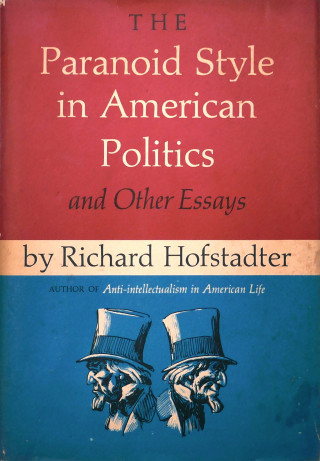The historian John Huntington’s Far-Right Vanguard offers the fullest portrait yet of the ultraconservative mobilization of the 20th century. Whereas many scholars of the right have focused on the self-conscious development of a conservative movement that took shape in the 1950s, espousing such high-minded principles as individual freedom, support of the market, and opposition to communism, Huntington pushes the story back to World War I and the 1920s. He suggests that we should see the rightward edge of American politics as itself a spectrum, with the white-power militias and the neo-Nazis, the vigilantes and those who peddled a belief in The Protocols of the Elders of Zion, as the farthest extreme.
When we take this broader view, it becomes clear that the ultraconservatives were neither completely marginal nor assimilated into a mainstream right. Huntington argues that they made up the “base of the conservative movement”: its networks, its members, its readers and listeners, the people who tuned in to early right-wing radio programs, showed up at rallies to defend the House Committee on Un-American Activities, subscribed to National Review, and canvassed for Barry Goldwater. For Huntington, they were at once “fellow travelers and acerbic critics” of modern conservatism, forming a “vanguard” of the movement that helped to entrench the melodramatic tropes and conspiracy theorizing that remain so foundational today.
Huntington acknowledges that there is a real distinction between the far-right activists he describes, who believed that the United States was headed for an apocalyptic confrontation but who did not themselves engage in acts of terrorist violence, and right-wing extremists such as the Minutemen and the Ku Klux Klan of the 1950s and ’60s, who stockpiled arms and assassinated civil rights activists. But he also insists that the dividing line between the ultras and the mainstream right was and still is far more “porous” than has been commonly understood. Activists, leaders, ideas, and resources flowed easily between the world of the ultraconservatives and their more reputable mainstream comrades. The two political communities were separated more by tactics than by ideology. Here, in this driven, Manichaean mobilization of the mid-20th century, is where we can find the predecessors of today’s politics of reaction.

